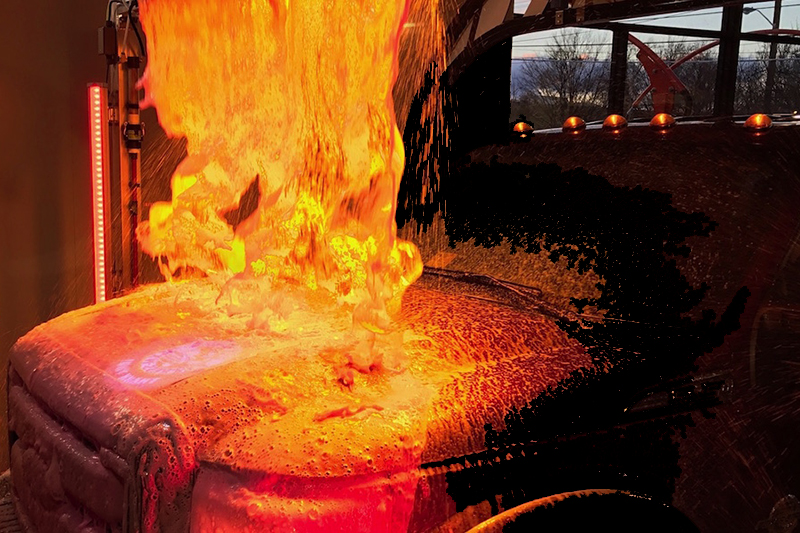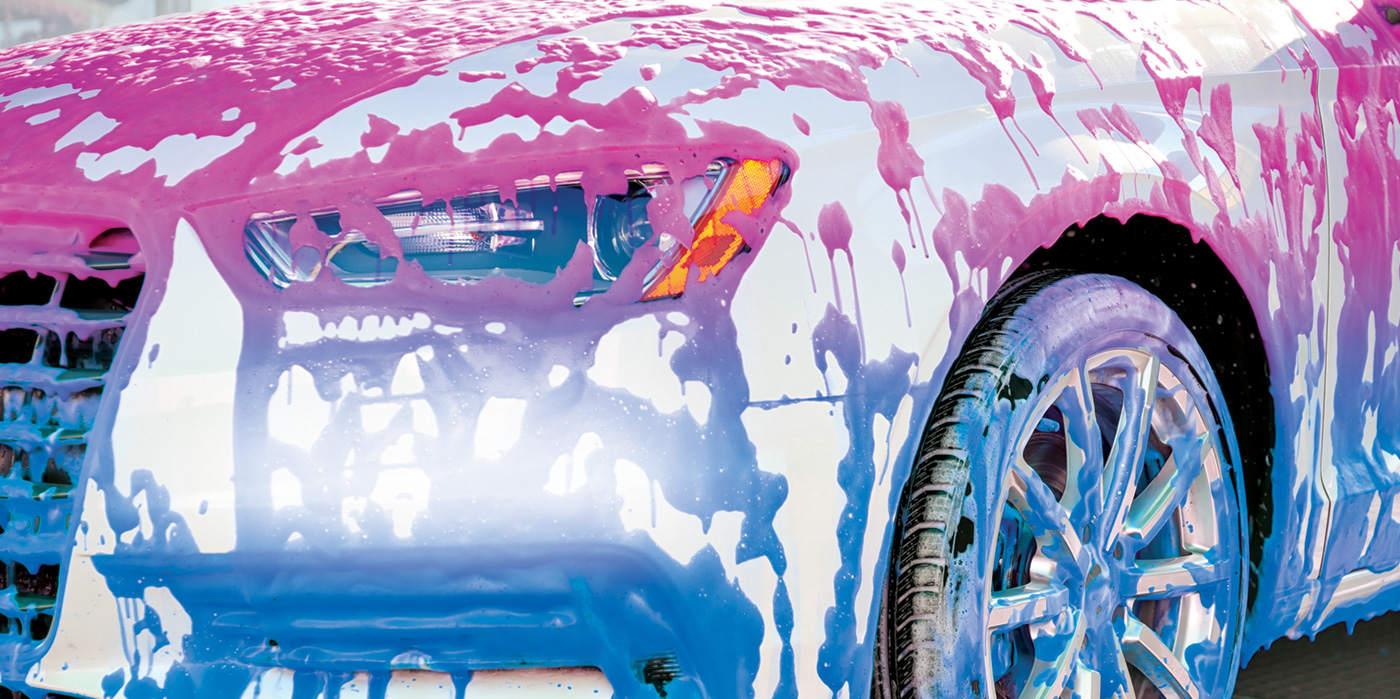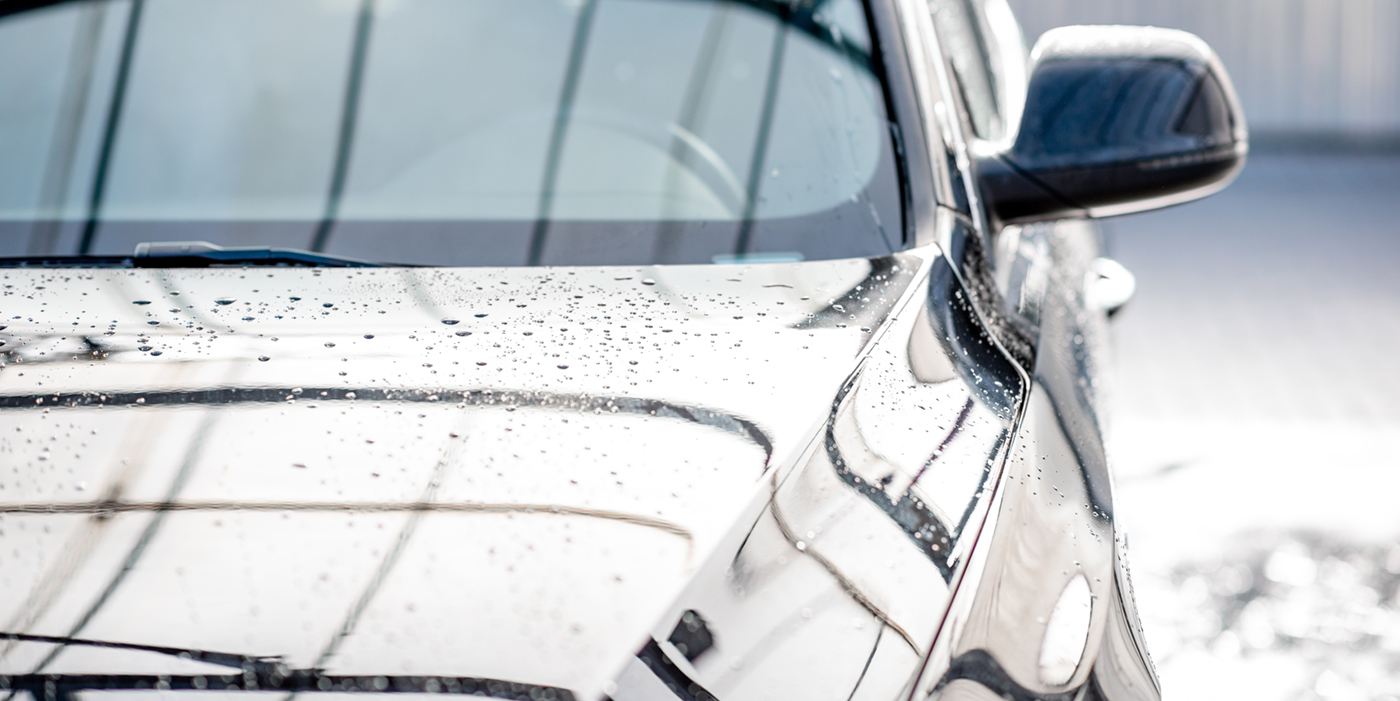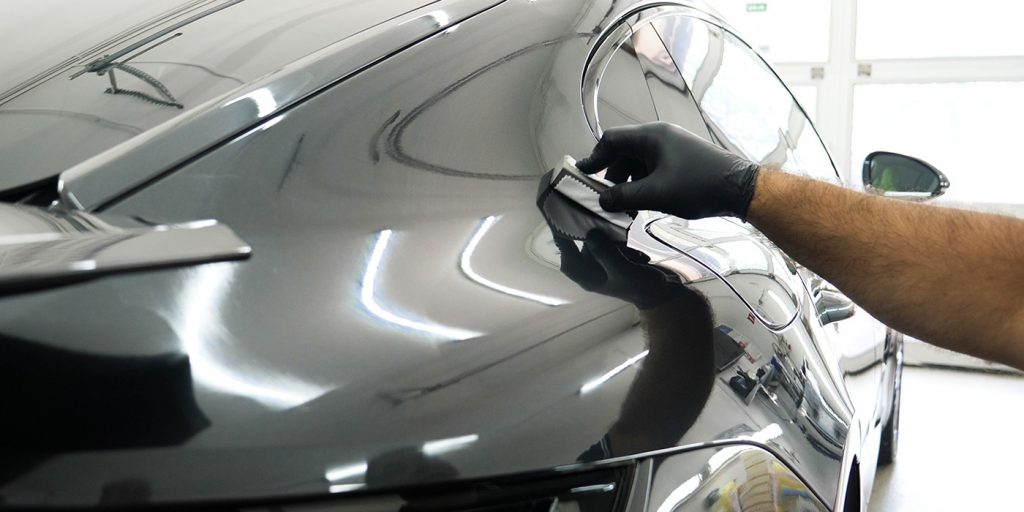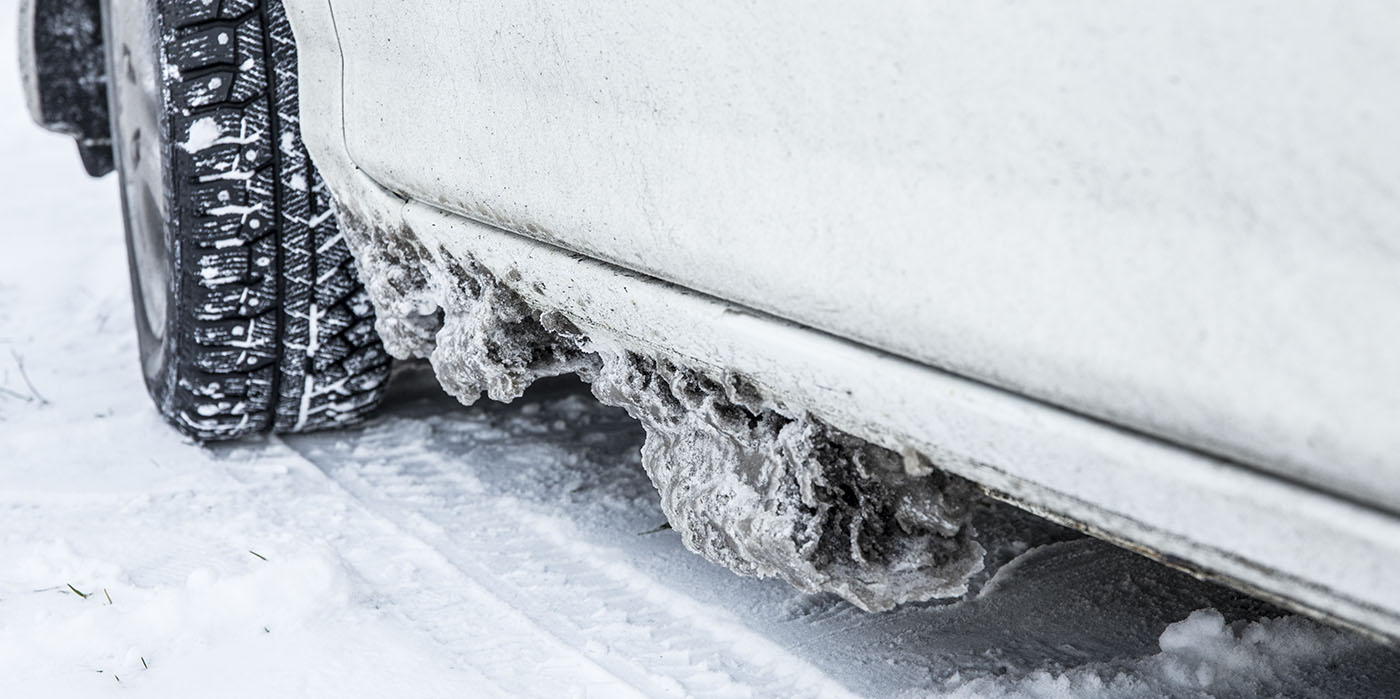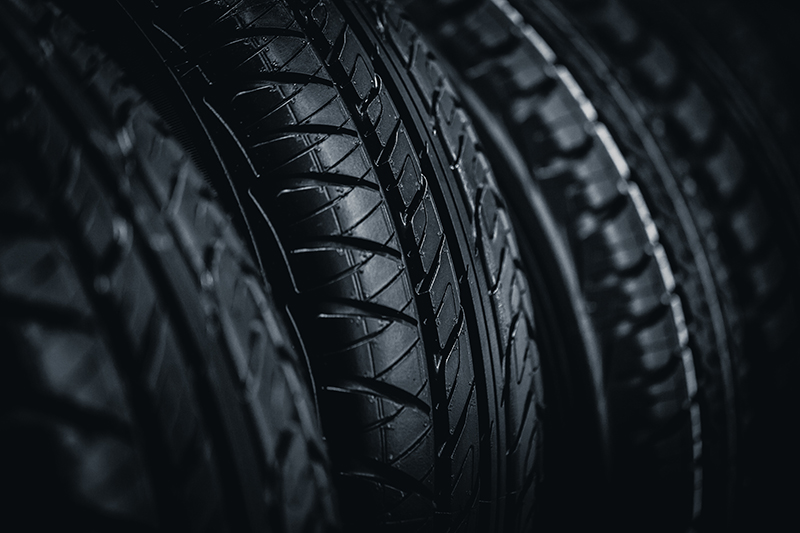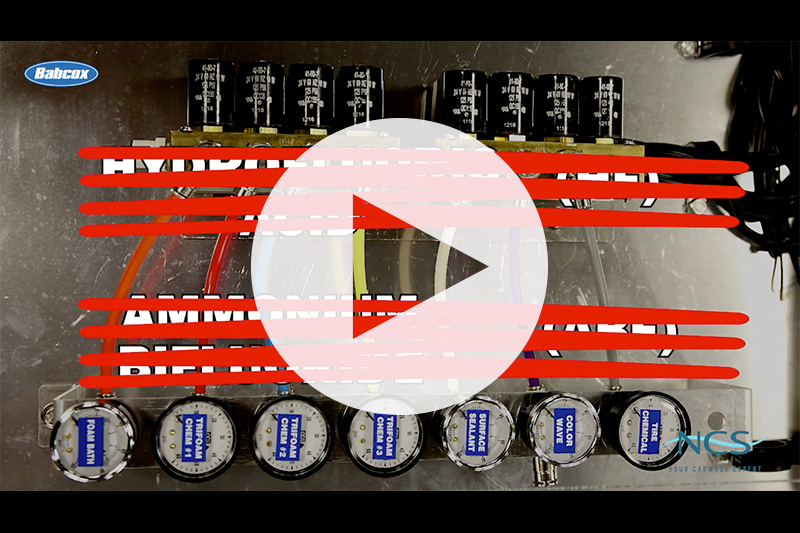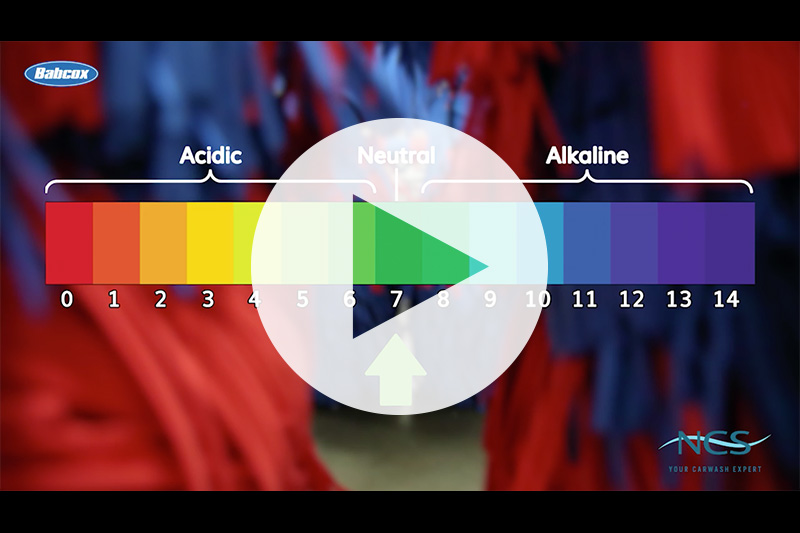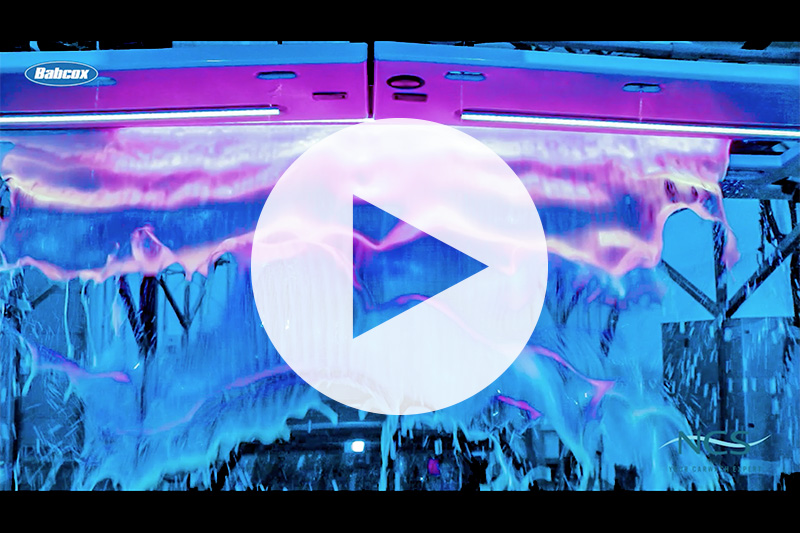As small business owners, carwash operators must remain vigilant when it comes to daily-use consumables, specifically cost and performance. Though an option may have ideal pricing, product performance may decline as the price point goes down. This is especially true in the carwash chemistry market. Here, the concept of continued learning is massively important, since owners should research products thoroughly before making changes to chemical offerings.
There is a multitude of chemistry products currently available to the carwash market, and this means numerous questions can arise when comparing options. Further, the chemical products market is constantly evolving, so even savvy owners can benefit from an occasional refresher course on the newest chemicals available. Only by learning more about the proper process for selecting modern chemistry and finding out more about the latest chemical options can an operator guarantee that a wash efficiently performs at the top of its ability.
Competitive landscape
The carwash market is becoming more and more competitive by the day, according to Sean McBride, director of key accounts with Cleaning Systems Inc. Leading chemical manufacturers are now investing heavily in design and technology to provide an extra advantage for the washes they serve. This process helps the manufacturers set their customers’ carwashes a step ahead of nearby competition.
The continued chemical evolution is proving important to customers as well. Consumers are becoming smarter and recognizing the value that some carwashes offer and that other locations do not. McBride explains that the difference could be something as simple as scent, distinctive colors or the lasting shine after a wash.
“If you want to stand out from the competition, you should be thinking about what will make you stand out,” McBride continues. “Is it the carnauba wax, rain repellents, total body protectants, etc.? Ask your customers — don’t be shy.”
Today, carwash operators already have to deal with ever-growing competition in most markets as well as rising utility costs, notes Kurtis Price, chemical department manager with AUTEC Inc. Thoroughly researching chemical improvements is one way to drive positive results. In many cases, chemistry upgrades can help a wash lower costs and help the location stand apart compared to nearby competitors.
Based on a history of attending the International Carwash Association’s (ICA) trade show for 10 years, Matt Brandt, industrial products sales manager with DEMA Engineering Co., points out that the recent major changes in the carwash industry have all been in chemistry. While there have been some innovative updates to wash equipment, the chemistry market has experienced a truly huge shift.
Chemistry resources
In order to learn more about the latest in carwash chemistry, Price suggests operators start with different research steps. “I strongly recommend checking out your local competition,” he says. “I promise they are checking you out regularly if they are any good at their jobs.”
After operators assess where the nearby competition is ahead of or behind on their locations, they should speak with several chemical representatives, Price states. The question is how a wash can go above and beyond the competition. Another consideration is how a business can further improve on phases where the wash is already performing well.
McBride advises operators to take time and research the latest wash trends and offerings, check out the competition locally and start attending carwash trade shows. Other research steps — such as reading industry publications and visiting internet sites and social media pages — can be done discretely and comfortably at home.
The next step is connecting with chemical manufacturers that stand out during the research phase. As full service chemical suppliers to the carwash industry, some companies provide further opportunities for learning as comprehensive chemical training services are presented to operators free of charge. McBride says, “I recommend contacting your current supplier or getting connected with a company that provides this benefit.”
Knowledge is power, and attending a carwash trade show is one of the easiest ways to see what is new concerning chemistry in the industry, Brandt notes. Even regional trade shows are worth the time and investment now, because many carwash chemistry companies attend these events.
Another suggestion for learning more about modern chemistry is specifically for operators with multiple washes. Brandt states that owners with more than one site can always try multiple chemical options at different washes. This will allow the operator to compare product performance in the wash environment and find out what options are the most effective.
Important factors
What are the most important factors an operator looking to make a chemistry change should remember? McBride notes that an owner cannot compromise on getting vehicles clean and dry. An operator should know a wash’s limits as well as what phases need improvement versus what areas work well. When it comes to adding more and more options, washes that try to shove 10 pounds into a 5-pound bag usually see more downside than upside.
McBride suggests that operators look for a supplier partner that will take the time to understand a specific facility and local market needs and then design the right recommendation for the wash. Just grabbing a new chemical process because the “other guy in town” is using it is definitely not a best practice.
“There are lots of new ideas on the chemical side of the industry right now, but you need to find someone who will work to customize the best process for your business,” McBride says.
Whenever a location is switching chemistry, it is always important to check the chemical compatibility of the current equipment, Brandt states. Not all equipment is made the same, and not all components will stand up to the demanding chemistry that is on the market.
“Chemical compatibility is one of the top priorities for me, working for a component manufacturer for the carwash industry,” Brandt continues. “We are constantly testing our components against many different chemistries in order to provide the most robust solution for carwash owners.”
For an apples-to-apples comparison between different chemistry options, Price notes that it is imperative to analyze chemical cost per vehicle, or even better, per wash package. This allows an operator to benchmark a potential change against the current cost. This ensures the change will not increase costs dramatically. In this instance, comparing the cost of 5 gallons of a chemical to the cost of 5 gallons of a different chemical is a “major blunder” that should be avoided.
The latest chemistry trends
In the chemistry world, multistep shine processes have become the “new buzz,” according to McBride. Rather than just selling a triple foam or a rain repellent as a single upgrade, washes can now sell a whole, dedicated plan. Sometimes, these shine processes can include up to six steps to clean, shine and dry vehicle surfaces.
Ultra-lean chemicals to hyper concentrates to ceramics and all manner of things in between have been a huge shift for the carwash industry, notes Brandt. Operators and manufacturers are looking to ship less and less water with their chemicals and, in turn, to lean out the dilution ratios.
Post upgrade practices
Once a chemistry change is made, an owner needs to stick with it for a while to determine if the change was beneficial. Brandt states that a wash cannot switch products every day to see if it creates a better look. Instead, a wash needs to clean vehicles with an option for a while in order to truly see how it performs.
An operator should monitor the wash’s overall performance as well and note how the chemistry is interacting with the rest of the system. Monitoring all the components the chemistry change affects is important. Also, look at how the chemistry conversion might change the show in the wash, Brandt notes. Chemicals are made up of different ingredients, and an operator might need to adjust something in the wash to get the expected performance. Overall, remember that switching chemistry is not a quick change, and a wash has to properly try out new selections to see what works.
Operators must follow through on analyzing the cost per car or wash package and always test on multiple vehicles of varying sizes, according to Price. It is important to adjust equipment, chemical dilutions and pressures accordingly to ensure all vehicles are cleaned thoroughly. Further, owners should work with their equipment distributors as well to ensure the wash remains within recommended tolerances and parameters for best operation.
McBride states that tracking before-and-after results is important, but figuring out how to market and communicate the new changes to consumers so they see the value — and operators see a return on investment — can be time consuming. This phase needs to be thought through before the change occurs.
Marketing steps
To properly promote updated chemistry options, McBride notes that new promotions and clear communication are needed. Clear communication can be achieved via bigger, more prominent menus, often showcasing the new features. Smartphone icons are commonly used to easily communicate the vast number of features in the packages as well.
But, operators should not forget the wash experience itself. If a wash is offering a big upgrade or feature, operators should make sure there is no doubt for customers that they received the new service. The upgraded process should utilize lots of lights, show, scent and after-effects, McBride continues.
If a customer does not see a light or service confirmation sign, they sometimes think they did not get the service. This can be the case even though the product did apply. Owners should not be frugal on soap application; the consumer paid a premium for the premium service. Finally, at the end of the wash, do not be afraid to ask a question, “Do you think you got what you paid for?” If the customers respond no, ask why and adjust from there.
Price’s list of new chemistry marketing ideas includes:
- Updating menus and signage
- Making announcements on social media and websites
- Running notifications in local and regional print media outlets
- Sending email blasts to the customer base.
Discounting can be another important marketing tool, Price concludes. Utilizing introductory discounts on upgrade options will allow existing and new customers a “same cost” opportunity to experience a wash’s new chemistry offerings.
Michael Rose is a freelance contributor.

